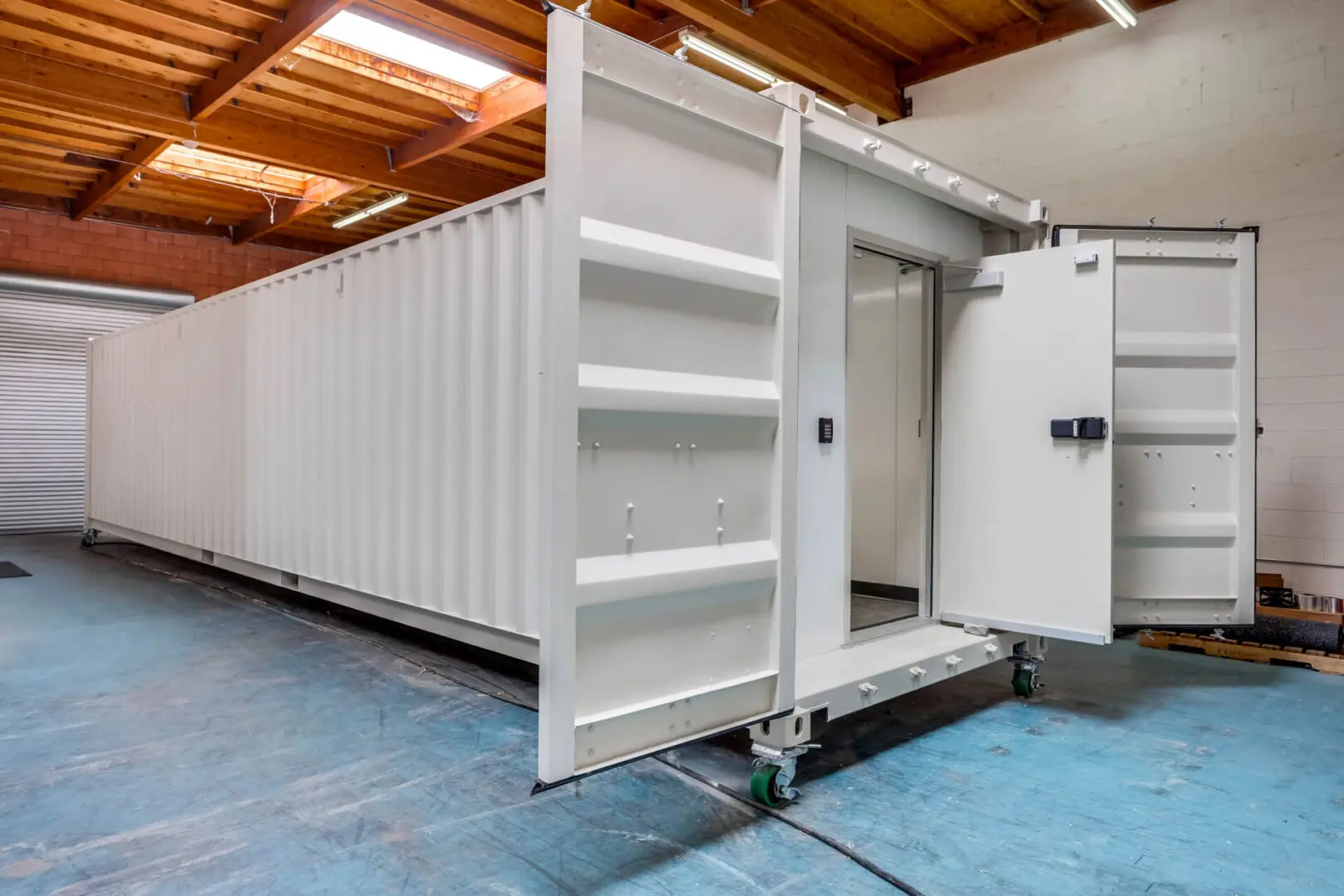
Does a Mobile SCIF Meet Your Program Needs?
The unique construction and security considerations for a mobile SCIF
While SCIFs are often built in traditional buildings with no need for relocation, some missions require the flexibility to be able to move along with their facility. The ICD 705 Technical Specifications, or Tech Spec, has specific requirements for these types of facilities to ensure they’re constructed and relocated in a way that ensures security.
What Types of Construction are Used for Mobile SCIFs
One type of SCIF that lends itself perfectly to relocatability is a container facility. These facilities are built into 20’ or 40’ ISO shipping containers. They can be moved easily by semi-trucks or sent overseas on a boat. They also have an inherently low profile, since they really don’t look too different from a regular shipping container. They can be deployed almost anywhere as long as there is appropriate standoff distance. All this makes them a very flexible option for a mobile facility.
They do have their limitations, however, especially in size. While you can customize them to meet your needs, the space is limited so only certain programs will be able to fit in them. They also require electrical hookups and do not have bathroom facilities, so that must be taken into account for anywhere they will be deployed.
A panelized modular facility can solve the issue of space if containers are too limiting. Modular facilities can be built to any size and used inside an existing building. However, the process to transport them will be significantly more involved, as they will have to be taken down and reconstructed in the next location, which will be a lengthier process than simply moving a container.
Security and Transportation Considerations of Mobile SCIFs
You will work with your Accrediting Official (AO) from the beginning of the construction project for your mobile SCIF and they will lay out transportation requirements. These requirements will vary depending on the unique risks and vulnerabilities of the mission and if the project is CONUS (within the continental U.S.) or OCONUS (outside the continental U.S.). An OCONUS facility will need extra security protections, such as cleared employees from your company following the facility or armed guards to watch it, depending on the country the facility is being transported to.
Site Security Requirements
Once the facility is at its destination, Security in Depth (SID) will need to be established to protect it. The facility itself will be built to meet physical hardening, acoustic and TEMPEST requirements. Along with that, CCTV must be implemented. The perimeter door will be an important line in defense in ensuring unauthorized personnel don’t enter the facility, but an entry point to check in employees and visitors and a visual block to the door may also be necessary. These requirements will come from the accreditation team.
If you need a mobile facility, whether it be the flexibility of a container SCIF or the space of a panelized modular facility, SSU can help build your custom solution to meet your program’s unique needs. Reach out to us today and we can begin the process to get you to accreditation.
Tags: #ContainerSCIF, #ICD 705, Retrofit SCIFs, SCIFs
